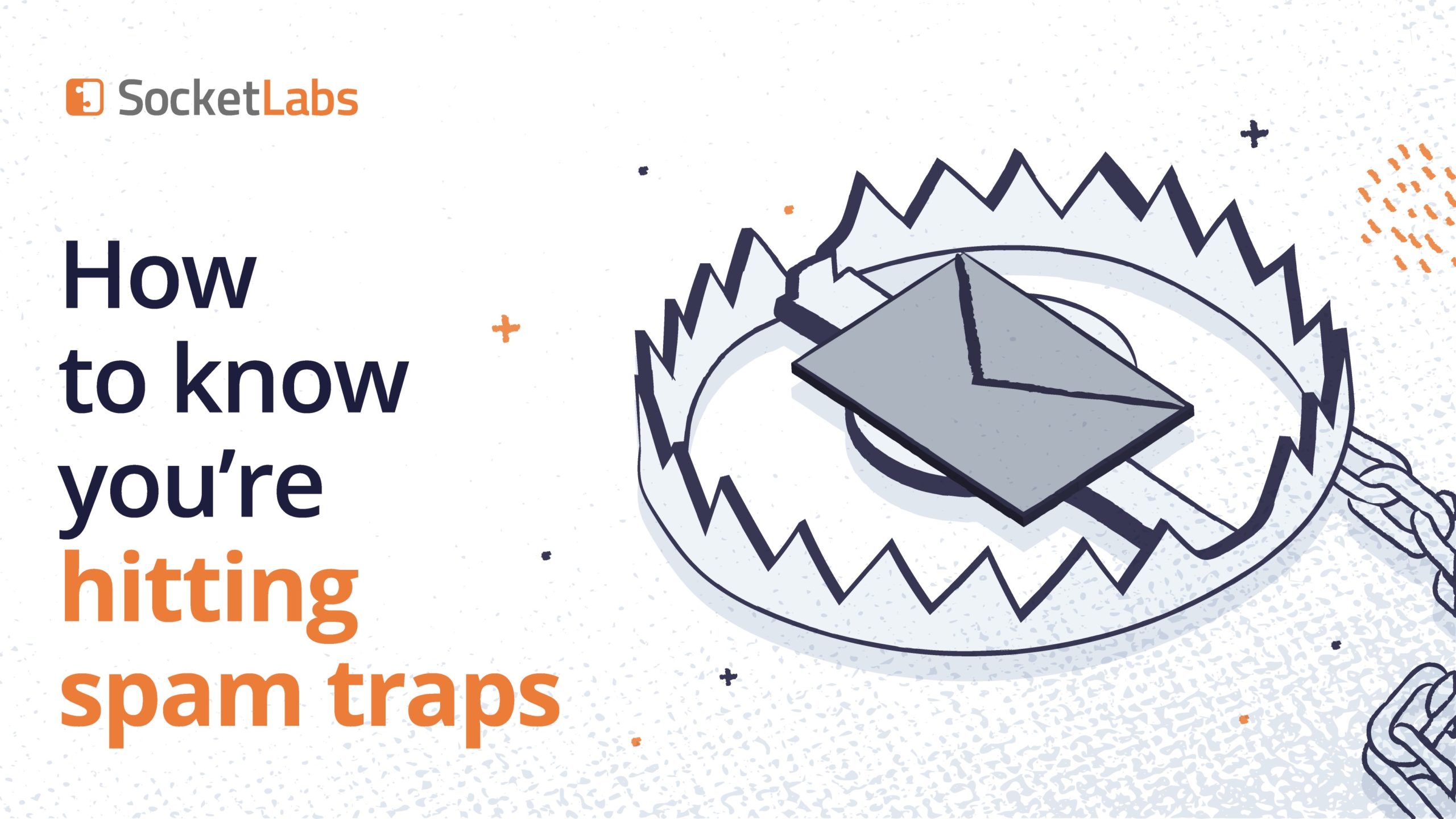
There are only a few things you can count on in life:
- Death
- Taxes
- Spam traps
I’m serious.
Spam traps are simply a fact of life for email marketers and really, anyone sending email at all. There are a bunch of types with different uses and they’re sprinkled out there in the world waiting to catch emails in their tiny, tiny webs.
Lots of people think spam traps are a death sentence. If you hit them, you’re destined to end up on a blocklist, your emails won’t get delivered, your business will fail, and the world will stop spinning. Or maybe that’s just people like me. Either way, I’m happy to tell you, it’s not that heavy.
Honestly, you don’t have to worry if you hit a couple spam traps. It’s almost entirely impossible to not hit traps when you’re sending on a large scale. However, if you don’t recognize trap activity and thus, do not fix the problems leading to spam traps ending up on your list, you do have to worry.
How will I know if spam traps really love me? 🎶
Beyond being blocklisted, which is definitely the most telling and devastating sign you’re hitting too many traps, there are plenty of ways to catch the signals before it’s too late.
Look at your lists
First and foremost, do some proactive work. Look at your lists. Identify misspelled domains and remove them from your list. That’s a simple first step to take to avoid typo traps. Otherwise, your list can’t provide too many clues, as pristine and recycled traps are virtually undetectable.
Track delivery at the provider-level
You might find yourself blocked by ISPs or MBPs unrelated to a third-party blocklist. For instance, you could hit too many traps operated by Yahoo and suddenly, you can’t deliver your email campaigns to Yahoo domains. Make sure you’re keeping an eye on your email metrics so you can detect any funny business going on at a specific provider.
Use data feeds
Third-party data feeds could provide reports to your abuse desk for further investigation. Similarly, some reporting tools like Microsoft SNDS share some insights into trap hits. These are good ways to get ahead of activity leading you down a dark path. If you’re willing to spend some budget, you might consider adding an email deliverability monitoring tool to your mix so you can see more details. With the information they can provide, you might be able to see how many traps you’ve hit on their network, discover patterns, and identify problematic subject lines or IP addresses and domains.
Validate your lists
Though this option requires some budget, you can use an email validation or verification service to try and sniff out traps. It’s very important to note this service will not and cannot catch all spam traps on your list. It’s like I said before: Some traps are designed to collect all kinds of data. The emails hitting those traps could have real-looking engagement.
If you decide to go this route, be sure to use the information you get to investigate how the traps are getting onto your lists in the first place. Don’t just remove the traps and move on! Doing so will only lead to you removing your view of the problem, hitting more traps, and triggering additional issues. Remember, this is a good learning opportunity to understand which practices you need to improve, be it form security, opt-in process (perhaps considering a double opt-in), better management of hard bounces, and so on.
Stay vigilant, friends
Overall, the best advice we can give you is this: Keep an eye on your performance and the development of your lists. If you’re adding addresses willy-nilly, buying lists, doing all kinds of risky stuff you know you’re not supposed to do, be confident you’re going to hit a bunch of traps and pay the price. But, if you’re doing your very best, you shouldn’t lose sleep at night.
Want more help? Let’s talk email.







